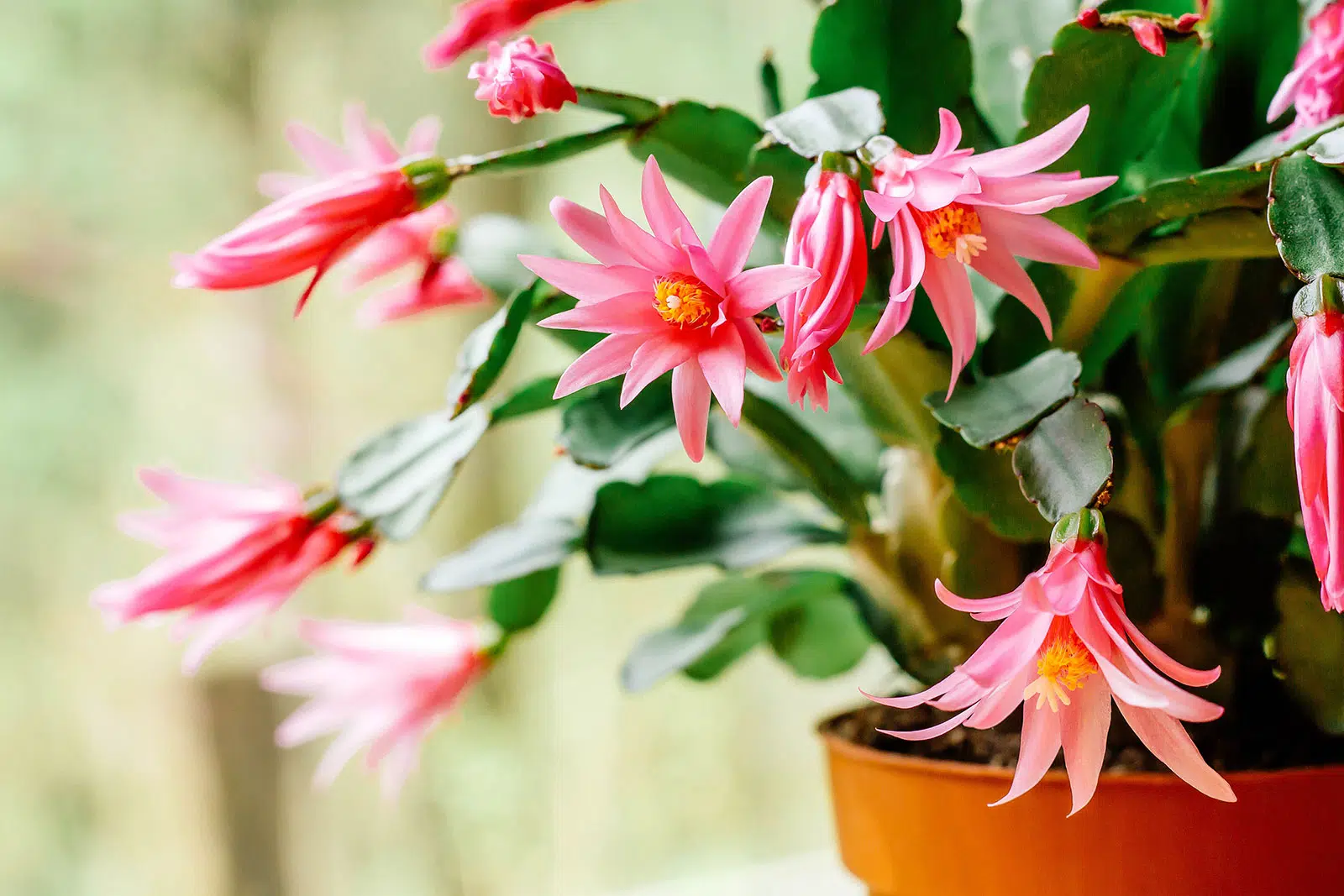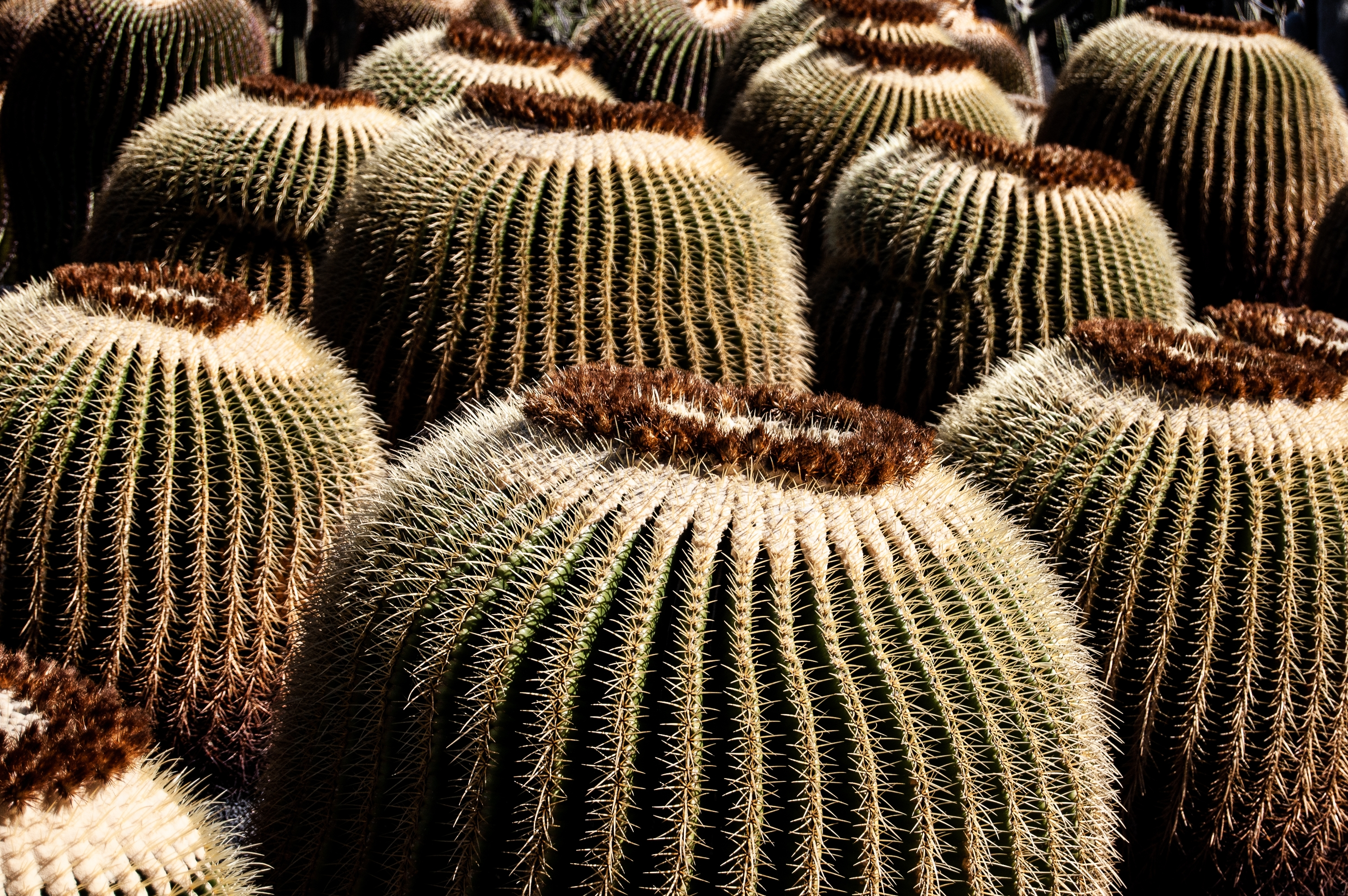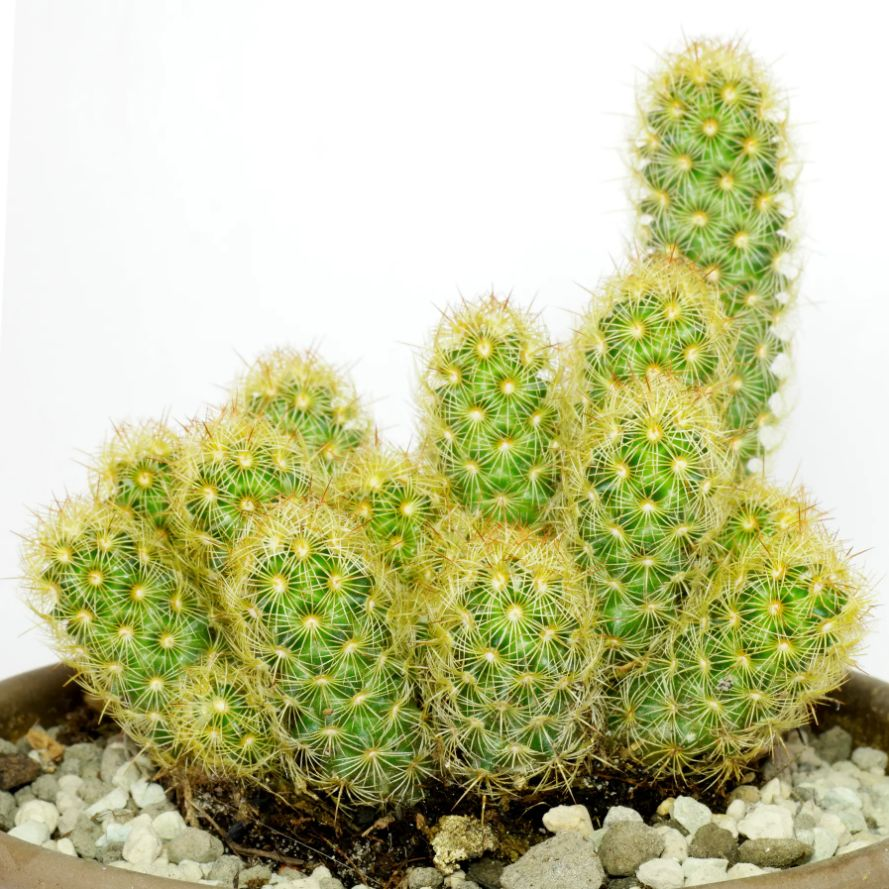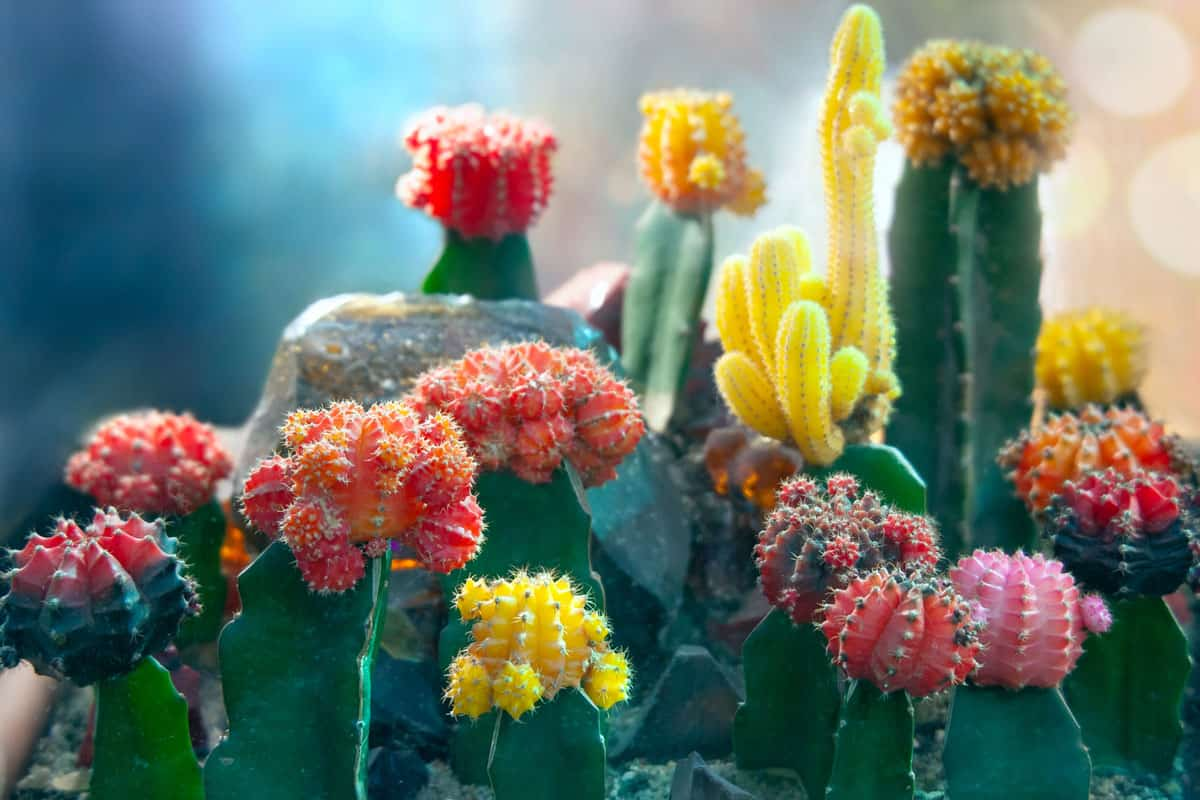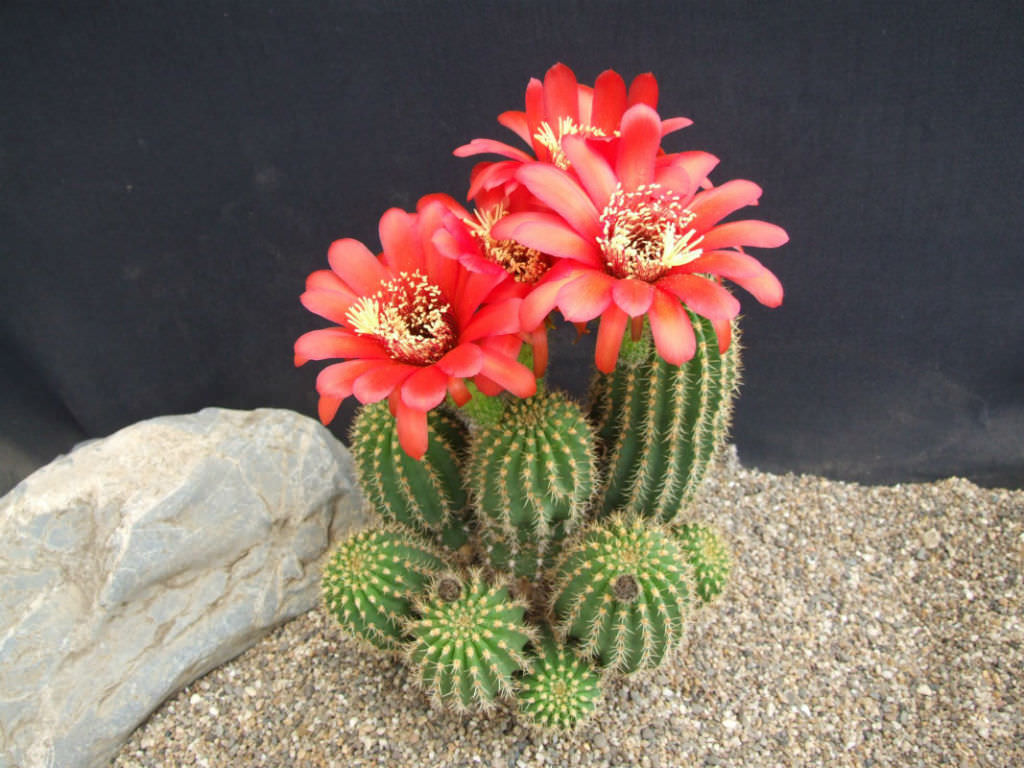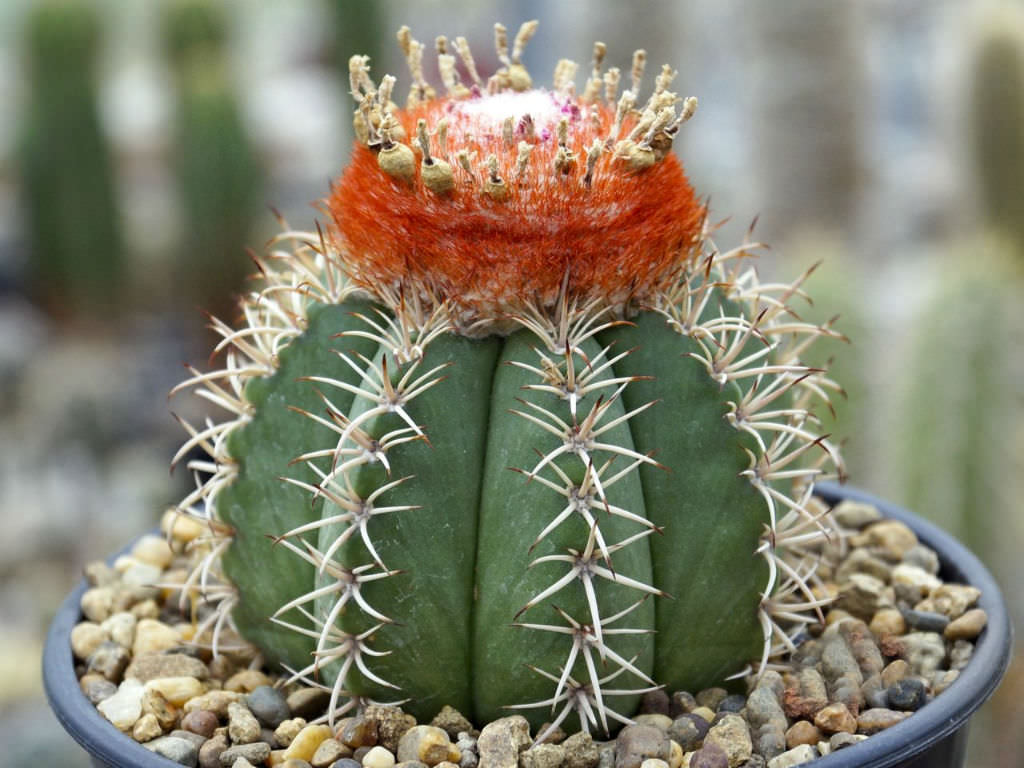HousePlantJoy is supported by our audience. When you purchase through one of our links, we may earn a small affiliate commission. As an Amazon Associate I earn from qualifying purchases. Your cost is not affected.
==================
Have you ever imagined cacti bursting with colors as vibrant as a painter’s palette? Get ready to be amazed because we’re about to dive into the enchanting realm of colorful cacti. These plants prove Mother Nature loves to play with hues just as much as any artist. Let’s set out on an adventure to delve into the captivating realm of these cacti adorned with brilliant hues and uncover the mysteries behind their mesmerizing transformations.
Cactus?
A cactus belongs to the Cactaceae plant family, which calls the Americas its home. Cacti fall under the category of succulents, known for their thick, fleshy stems designed to store water. This nifty adaptation equips them to thrive in dry environments. Now, cactus come in a whole array of shapes and sizes. You might be asking: “Are they like those succulent plants?” What a great question! Let’s set the record straight – while every cactus falls under the succulent category, not all succulents are cacti. Here’s the scoop: succulent plants stash water snugly in their leaves, which is quite neat. However, they’ve got a unique trick up their spiky sleeves when it comes to cacti. They store their water reserves in those robust stems. And let me tell you, that’s a total game-changer! This adaptation empowers them to stand up to even the harshest desert landscapes.
Video Credit: @Mountaincrestgardens
Colorful Cacti Varieties
Discover a kaleidoscope of hues in our collection of colorful cacti varieties. These vibrant plants bring life to any space, showcasing nature’s artistic palette in captivating forms and shades.
The best part? There’s a variety of colorful cacti, making it a breeze to build up an awe-inspiring collection. This collection will add a stylish addition to your home! So, let’s peek at some diverse and colorful cactus varieties that can effortlessly add a touch of elegance to your living space.
1. Balloon Cactus
The Balloon Cactus is one of the most colorful cacti in the cactus world, also known as Notocactus magnificus or Parodia magnifica – It is a vibrant gem within the cactus family. It is sporting a spherical form and boasts blue-green stems adorned with cheerful yellow spines. As summer arrives, its blossoms burst forth in a brilliant shade of yellow, infusing a ray of sunshine into its surroundings.
Originating from Argentina, Brazil, Paraguay, and Uruguay, the Balloon Cactus is well-traveled and widely cherished. What adds to its appeal is its low-maintenance houseplants, making it easy for indoor and outdoor cultivation. All it craves is abundant sunlight and well-draining soil. During its active growth phase, regular watering is essential; for winter months, a more measured watering routine is preferable.
With its lively blooms and easy-care attributes, the Balloon Cactus takes its rightful place as a beloved houseplant. Its resilience against pests and diseases makes it particularly inviting to beginners venturing into the world of plants.
2. Christmas Cacti
The Christmas cactus, a beloved holiday plant, is a succulent often cultivated indoors. These cacti is part of the Schlumbergera genus, these cacti thrive in South American rainforests.
These plants are a delight to the eyes, making them colorful cacti, boasting a stunning array of colorful flowers that span the spectrum from red and pink to shades of orange and yellow.
The name “Christmas cactus” comes from their blooming time. While they need specific care to encourage flowering, they’re generally manageable.
Taking care of a Christmas cactus is relatively simple. They enjoy indirect sunlight and should be watered once the soil dries out. Avoid excessive watering since it can result in issues such as root rot. Additionally, you have the option to propagate Christmas cacti by using stem cuttings.
3. Golden Barrel Cactus
The Golden Barrel Cactus (Echinocactus grusonii) is an extraordinary member of the cactus family. Originating from Mexico, this cylindrical cactus has a unique allure characterized by its golden spines and remarkable ability to store water.
Standing up to 3 feet tall and about 2 feet wide, the Golden Barrel Cactus showcases a smooth, pale green stem adorned with 13 to 19 ribs. Clusters of 4 to 10 golden yellow spines create an eye-catching arrangement. When spring arrives, its yellow flowers bloom, adding a touch of sunshine to its presence.
A favorite choice for indoor gardening, the Golden Barrel Cactus survives due to its easy care. You don’t have to water it often, but when you do, water it thoroughly in soil that drains well. Using a pot equipped with drainage holes is the preferred choice. Allow the soil to fully dry before giving it another drink. This plant loves plenty of sunlight, so placing it by a South-facing window is perfect.
While fertilizer isn’t necessary, it can benefit mature, well-established plants. It might help stimulate the growth of charming pastel yellow, bell-shaped flowers.
4. Ladyfinger Cactus
The Ladyfinger cactus (Mammillaria elongata) is a charming member of the vibrant cactus family. Originating from Mexico and Central America, this cactus is notable for its slender, elongated stems that can grow up to 8 inches. These stems come in various colors, from vibrant green to eye-catching red or yellow. Clusters of yellow or brown spines add to its charm. When spring arrives, its flowers bloom in white, yellow, or pink hues, bringing a touch of nature’s beauty.
An absolute favorite for indoor gardening, the Ladyfinger Cacti is a breeze to care for. It thrives with indirect light, and lady finger cacti don’t really like too much moisture once they’ve settled in, so if you can shield them from the heavy rains during our rainy season, you’ll steer clear of potential problems later on. In drier months, they’re quite low-maintenance. Planting them in a pot is smart if you want more control over their water intake. However, the good news is that they can also do well in partial shade if you prefer to grow them outdoors.
The Ladyfinger Cactus makes an ideal indoor colorful cacti companion thanks to its relatively small size. Its low-maintenance nature makes it an excellent choice for gardening beginners, offering a touch of nature without the fuss.
5. Moon Cactus
What makes it unique is that it’s a grafted cactus, a fusion of two different plants. Imagine the top part, which comes in vibrant hues, as a Gymnocalycium mihanovichii, artfully connected to a Hylocereus rootstock. This top portion doesn’t make chlorophyll, so it depends on the rootstock for nutrients. Pretty cool, right?
The Gymnocalycium mihanovichii cactus can showcase shades of pink, yellow, orange, or red. Interestingly, the spine’s color is influenced by the sunlight it gets – the more sun, the brighter the spines.
Taking care of the Moon Cactus is relatively easy. It’s content with bright, indirect light and appreciates a drink when the soil is dry. It’s important to refrain from excessive watering. While it’s less resilient than most cacti, it’s not hard to manage and may need help in challenging conditions.
For those seeking a colorful and fuss-free cactus, the Moon Cactus fits the bill. With the right care and attention, this plant can flourish beautifully in your home for many years.
6. Red Torch Cactus
The Red Torch Cactus, scientifically known as Echinopsis huascha var. grandiflora, hails from Argentina and belongs to the Echinopsis genus. These striking cacti boast fiery red blossoms that sprout from the tips of their spiky columns, reaching impressive heights of up to 3 feet when grown outdoors.
These colorful cacti do not require regular watering. Instead, when it’s time to hydrate them, provide a substantial amount of water. Allowing them to signal their thirst by waiting is beneficial for their health, and you’ll soon observe them becoming more plump and vibrant.
Another cool feature of these cacti is that they produce little offsets around the base of the main plant. These offsets can be effortlessly removed and used to grow entirely new plant. So, if you succeed in growing your first Red Torch Cactus, you’ll have the opportunity to cultivate many more!
7. Turk’s Cap Cactus
Turk’s Cap Cactus, also known as Melocactus, is a fascinating cacti genus that calls its home in the Caribbean, Mexico, Central America, and northern South America. Its spherical shape, ribbed body, and distinctive woolly red cap perched on top are what sets it apart. These cacti can reach heights of up to 12 inches, making them quite a captivating addition to any collection.
Here’s where it gets even more intriguing: There are approximately 30 to 40 distinct Turk Cap Cactus species, and each one boasts its own individual appearance. The woolly cap on top can display a striking array of colors, ranging from red, orange, and yellow to white. As if that weren’t enough, the cactus body itself can come in various hues, including blue-green, bluish-gray, and reddish-brown. It’s worth noting that the Turk’s Cap Cactus displays its most vivid colors during the active growth season in spring and summer. However, those colors may fade as they go dormant in the fall and winter.
With its unique appearance and colorful flowers, Turk’s Cap Cactus has become popular among indoor gardening enthusiasts. Plus, it’s a fantastic option for beginners looking to nurture a captivating and low-maintenance plant.
Conclusion
As you embark on your journey with these colorful cacti, remember to tailor your care to the specific needs of each plant. From sunlight to watering routines, these remarkable plants will reward your attention with their beauty and resilience.
In this colorful world of cacti, you can nurture and appreciate nature’s wonders, adding a touch of vibrancy and serenity to your living space. So, go ahead and embrace the world of colorful cacti—let their enchanting presence be your connection to the beauty of the natural world.
FAQs
What Colors Can Cactus Be?
Cacti come in a wide array of colors, and the shades you see can change based on the type of cactus, how and where it’s grown, and the season of the year.
Can I Propagate These Plants?
Yes, many colorful cacti can be propagated through cuttings or offsets, allowing you to grow new plants from existing ones.
?? Houseplant Lovers Unite! ??
Welcome to HouseplantJoy blog, your ultimate destination to dive into the captivating world of houseplants and gardening tips. Whether you’re a plant enthusiast or just starting your green journey, our Facebook page is here to nurture your passion for leafy and lush.
? Hey there, green thumbs and plant enthusiasts! Are you looking to add a touch of nature to your life? ?? Look no further than Houseplant Joy! ??
?? Let’s grow together! Follow us on Facebook, Instagram, and Twitter to embark on an exciting journey of houseplant bliss. ??
? Facebook: Dive into the world of houseplants and tips at facebook.com/houseplantjoyblog. ??
? Instagram: Immerse yourself in a visual feast of stunning houseplant inspiration at instagram.com/houseplantjoy20. ??
? Twitter: Stay in the loop with our green community and stay updated on the latest trends in the houseplant world at twitter.com/HouseplantJoy. ??
Stay in the loop with the Houseplant Joy community on Twitter, your go-to source for all things houseplants and gardening trends. We are your green companions on this exciting journey, keeping you updated on the latest happenings in the ever-evolving world of indoor greenery.
? Why Should You Join Us? ?
? Get insider secrets: Unearth the best-kept secrets to keep your plants thriving and blooming like never before. ??
? Expert advice: Gain access to our team on Facebook, Twitter, and other social media channels, and meet our ,gardening experts eager to help you on your plant journey. ???
? Engage with like-minded souls: Connect with fellow plant lovers, exchange stories, and build a supportive community. ??
?? Join us today! Follow Houseplant Joy on Facebook, Instagram, and Twitter for daily inspiration and a blooming good time! ?? #HouseplantJoy #GreenThumbsUnite #HouseplantLove





